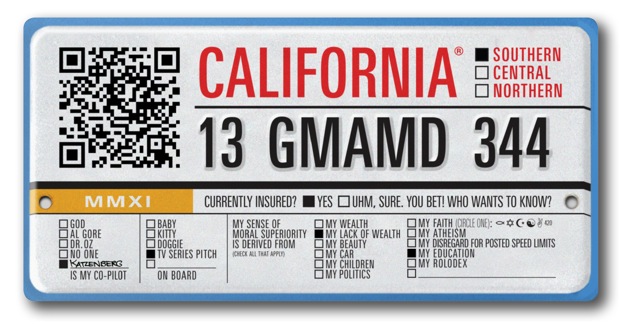 Yesterday, I indicated that I wanted to discuss some recent articles in the LA Times concerning gas and gas stations. Well, today’s the day:
Yesterday, I indicated that I wanted to discuss some recent articles in the LA Times concerning gas and gas stations. Well, today’s the day:
- Gas in California. Those of us who live in California have been hit by the recent fast run-up in gas prices, and the slow drop afterwards. Did you ever wonder why things like that happen? A recent article in the LA Times gives a great explanation: “Oil companies operate what amounts to a legal oligopoly in California — an arrangement that probably will contribute to more wild gas spikes in the future. That’s because the Golden State’s gasoline market is essentially closed. The state’s strict clean-air rules mandate a specially formulated blend used nowhere else in the country. Producers in places such as Louisiana or Texas could make it, but there are no pipelines to get it to the West Coast quickly and cheaply. As a result, virtually all 14.6 billion gallons of gasoline sold in California last year were made by nine companies that own the state’s refineries. Three of them — Chevron, Tesoro and BP — control 54% of the state’s refining capacity.” The article notes that the problems are compounded by tight supply, a reduced number of refineries, and a lack of independent stations (85% of stations are branded, and refiners sell to the branded stations first). There are more details in the article, but it really makes clear what a precarious situation California is in. If Congress really wanted to reduce gasoline prices, probably the best solution would be mandate a common clean air formulation to be used across the entire country.
- The President and Gasoline. Building upon the previous article, another LA Times article explores the question of whether the President can do anything to reduce gasoline prices. The basic answer: “no”. It is up to Congress to change the federal gas tax; it is up to the state to change the local gas tax. Crude oil is a global commodity, and the companies that sell it are there to make money (OK, the President could lower prices by nationalizing the oil companies, but I don’t believe that is what those who clamor for lower prices want). Production can be increased, but that doesn’t necessarily lower prices — as the private oil companies sell to the highest bidder, even if that isn’t the US. Refinery production could be increased, thus increasing the supply of refined product, but most people want the refineries to be built somewhere else. The President could preempt the states and mandate a common formulation, but that might run into constitutional issues. Solving this problem isn’t as easy as it looks.
- Futuristic Gas Stations. So let’s look at the folks that sell gasoline. Growing up, my grandmother worked at the Robinsons in Beverly Hills, which was near the wonderfully futuristic Union 76 station in Beverly Hills. I mention this because the LA Times has a nice article on United Oil, which has discovered that building gas stations with unique architectures and amenities increases gas sales. Their new stations at La Brea and Slauson has a design that is a combination of modernism and Googie. This station sells about 15,000 gallons of gas a day, well above the average of less than 4,000 gallons. Other United Oil stations have features that set them apart from typical petrol purveyors: tile roofs, topiary, fountains and drought-resistant gardens. The canopy over a Chevron station in Cerritos is lighted with custom see-through solar panels. Two 25-foot walls of flowing water cool a United Oil brand station in Carson. There are fanciful murals: Leaping dolphins, flying horses, soaring eagles beneath majestic clouds, hot-air balloons and giant-size candy can be found hand-painted on the ceilings and walls. I know this personally: our local stations at Nordhoff and the 405 has textured concrete and wonderful mosaics. So does the design of a station draw you in?


 From the “Getting Framed” Department: Fast Company has
From the “Getting Framed” Department: Fast Company has 